I used a Nikon print film 35mm SLR camera from the late 1980s then made the move to digital with a Nikon D70 digital SLR camera in June 2004, and have since upgraded to a Nikon D90 DSLR. I use ISO 200 for almost all lightning photos. The D70 came with an 18-70mm kit lens, however I mostly used an old manual focus 50mm lens for lightning as it has aperture to F1.8 and precise infinity focusing. I currently use a 18-200mm VR lens on the D90 and a F1.4 50mm lens.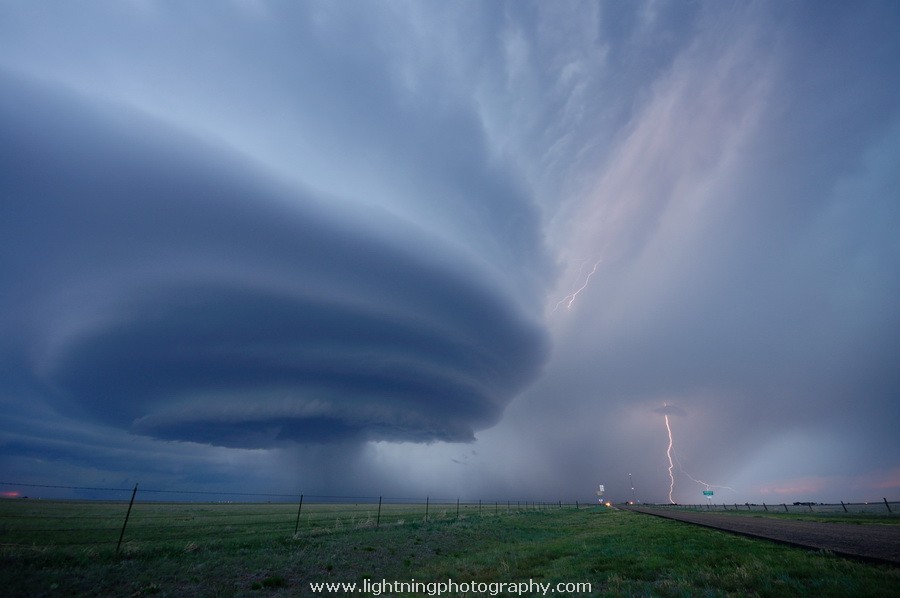
Despite lightning itself being very bright, the more overall scene light you let in, the better the picture (in most cases), so use lower F settings at night. Zooming in on distant lightning often produces disappointing results.
Ideally, for both night and late afternoon / early evening lightning you need a camera that can be mounted on a tripod and have a cable/remote shutter release. If you don't have a tripod you can set the camera up on other available surfaces - eg. a table or car roof. The cable/remote is used to ensure there is no bumping or shaking of the camera when the shutter button is pressed. If you don't have a remote another option is to use the camera's self-timer option so that a few seconds elapse between pressing the shutter and the exposure commencing.
|
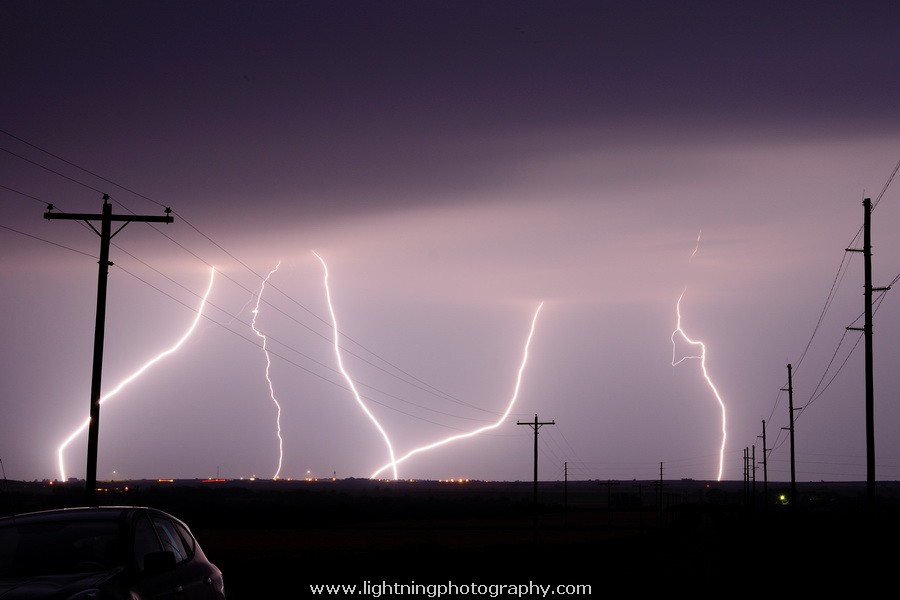 Lightning Photo Tips
Lightning Photo Tips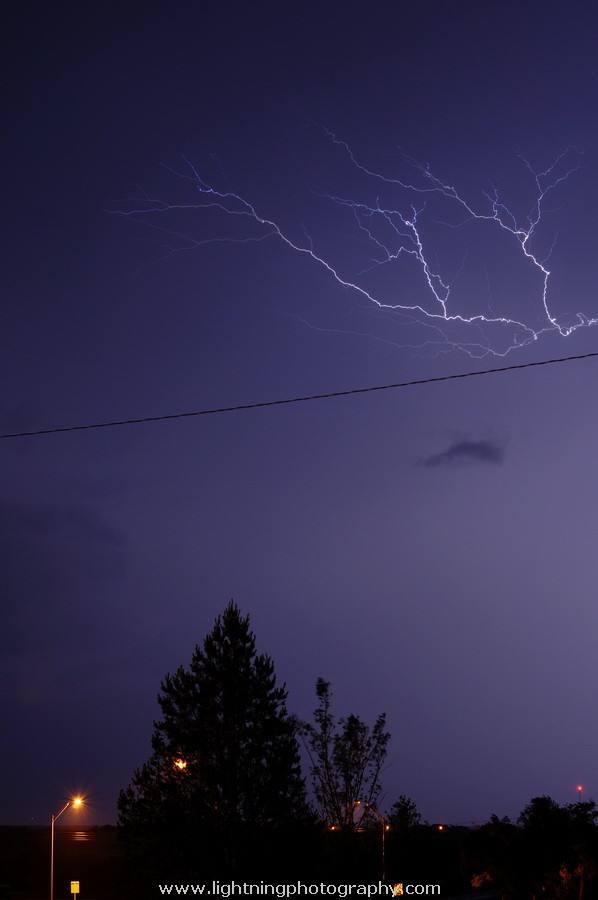 Locking the focus at infinity
Locking the focus at infinity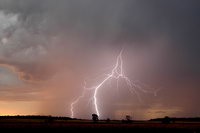
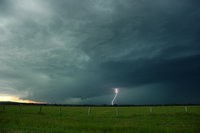
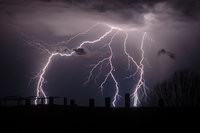
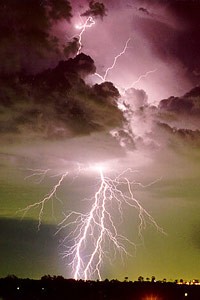
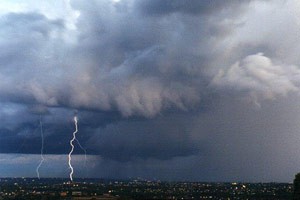

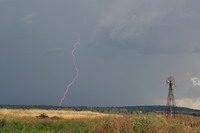
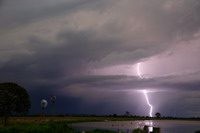
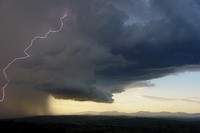
No comments:
Post a Comment